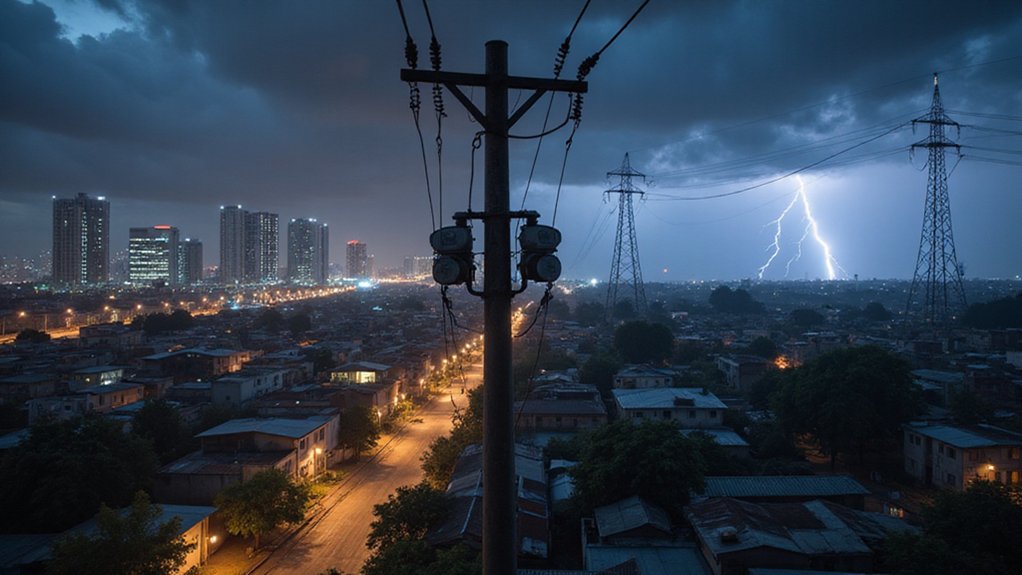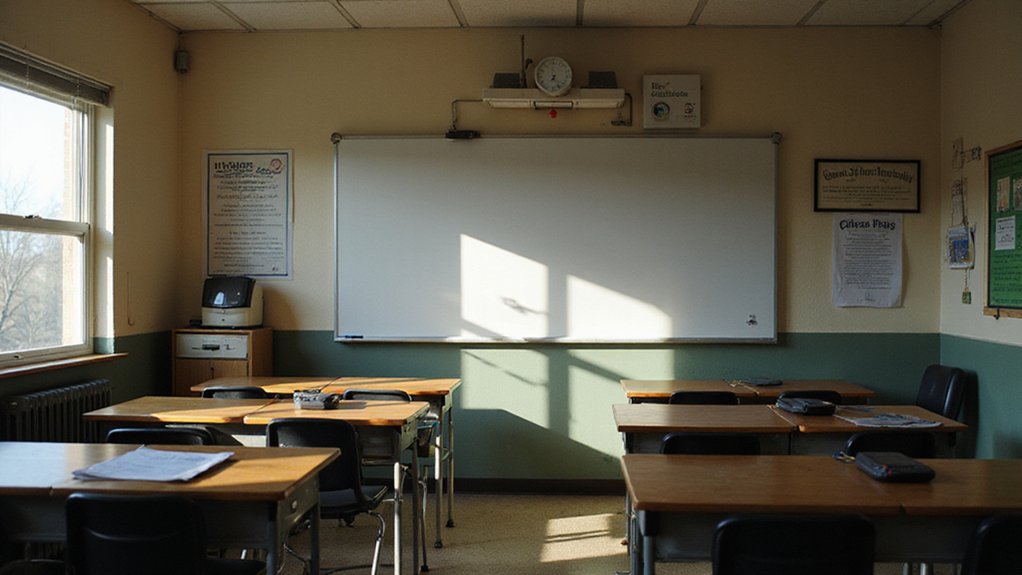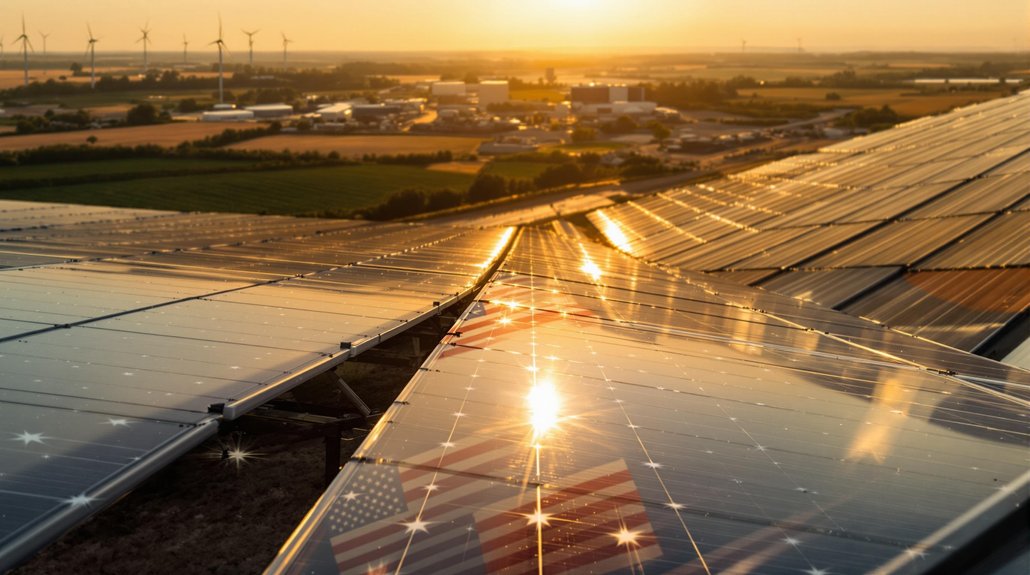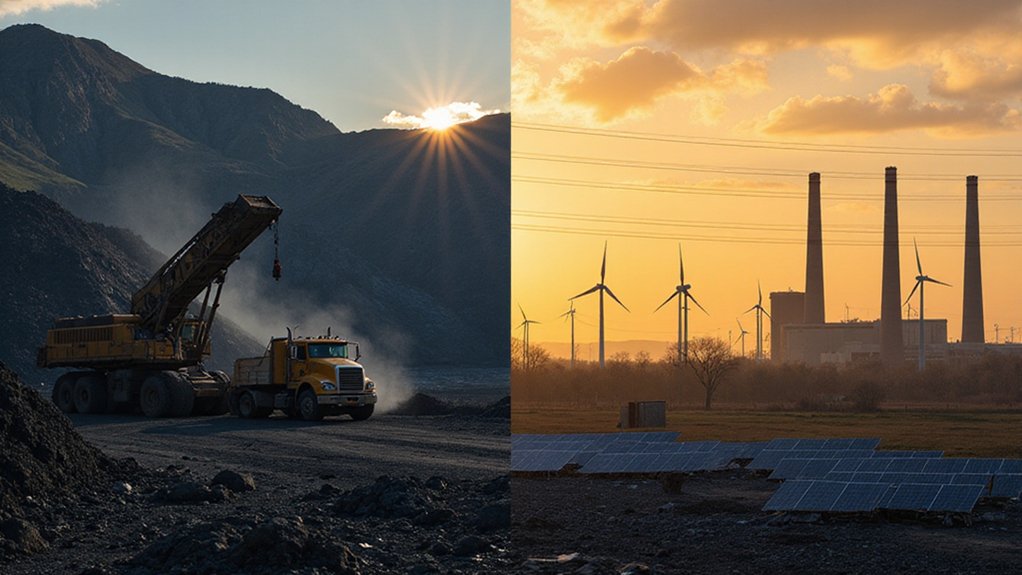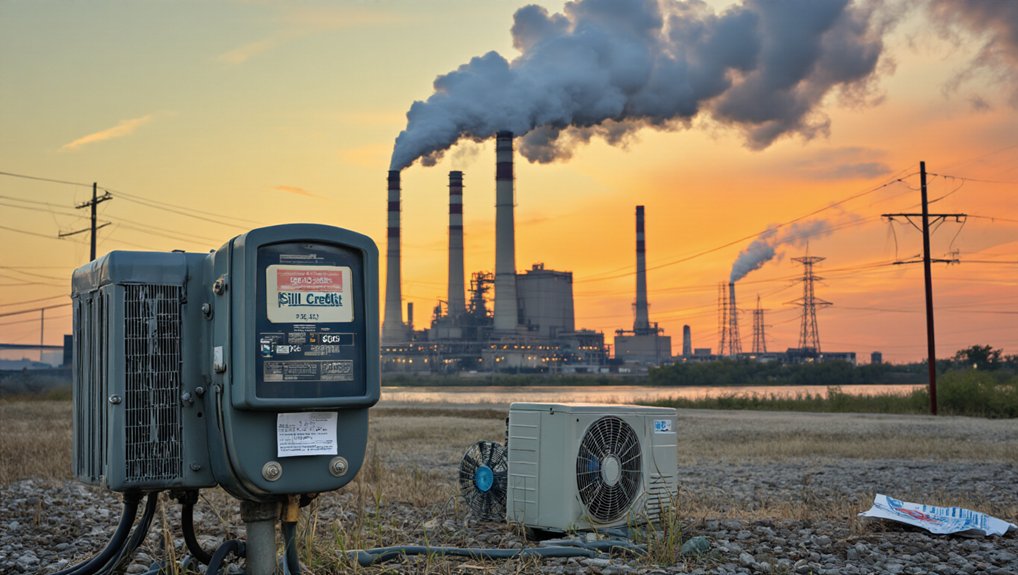Nigeria slashed power subsidies by 35% in early 2024, forcing the wealthy “Band A” customers—about 15% of users—to pay the full cost of electricity. Rates for these elites jumped from NGN66/kWh to NGN225/kWh. Regular citizens still enjoy partial subsidies. The reforms aim to address the sector’s massive NGN4 trillion debt crisis and boost market revenue. Meanwhile, most Nigerians rely on diesel generators because, well, the grid is a mess. The financial impacts run deeper than most realize.
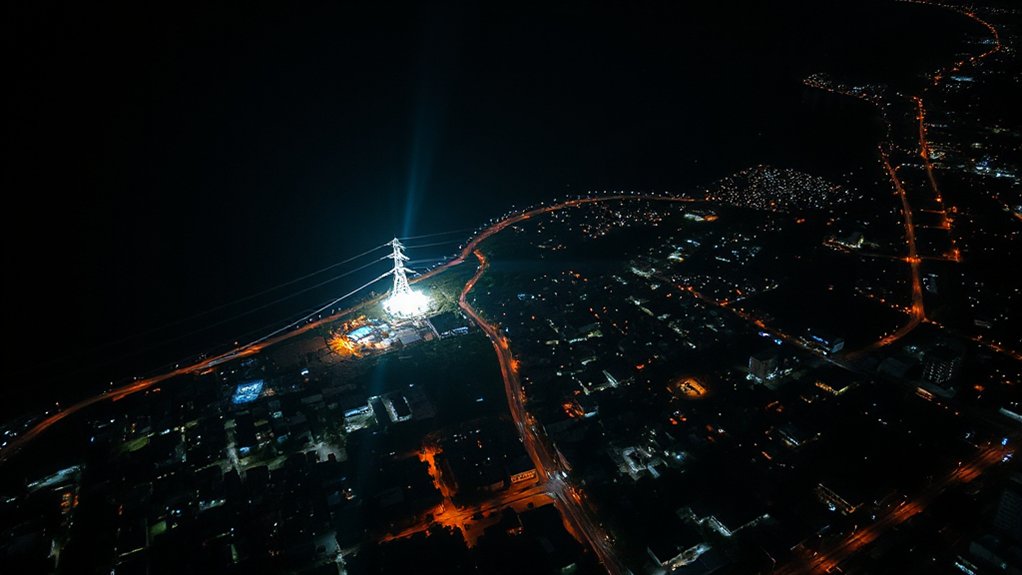
Numerous Nigerians are feeling the shock of electricity reforms as the government slashed power subsidies by a whopping 35% in early 2024. The changes hit hard. But not for everyone. Only the elite 15% of customers—those classified as “Band A” consumers who enjoy at least 20 hours of power daily—now pay full cost-reflective tariffs. Must be nice to have power for most of the day, right?
These privileged few saw their rates explode from NGN66/kWh to NGN225/kWh. That’s 3.4 times higher! Meanwhile, regular folks who experience Nigeria’s typical blackout bonanza remain partially subsidized. How thoughtful.
A 3.4x price spike for the electricity-rich elite while blackout-plagued citizens keep subsidies. How generous indeed!
The government isn’t making these changes for fun. Nigeria’s power sector is drowning in debt—NGN4 trillion owed to generation companies alone. The government plans to clear approximately half of this massive debt to stabilize operations. Something had to give. The country has 13-14 GW of installed capacity but barely manages to deliver a third of that. Gas shortages, ancient equipment, grid failures, vandalism. Pick your power problem, Nigeria’s got it.
The reforms are already showing some financial impact. Market revenue jumped 70%, adding NGN700 billion to the coffers. The government’s annual tariff deficit dropped from NGN3 trillion to NGN1.9 trillion. Progress, but still a deep hole.
Most Nigerians rely on private diesel generators anyway. Public power supply? Unreliable at best. The reform strategy aims to stabilize the sector and attract investors who’ve been scared off by years of below-cost tariffs. A new Distributed Renewable Energy Fund of $500 million has been introduced to support mini-grids and solar home systems. This transition to renewables could help Nigeria overcome grid limitations while providing more sustainable energy production.
Inflation isn’t helping matters, hitting 34.6%. The naira’s value keeps sliding, now at N1,556 per dollar. These pressures make power sector reform even trickier.
Will making the elite pay their fair share finally fix Nigeria’s persistent power problems? Or will the country continue its tradition of ambitious reforms followed by disappointing results? The lights may flicker, but hope remains. For now, at least some subsidy money is being redirected where it belongs—to those who actually need it.
References
- https://www.enerdata.net/publications/daily-energy-news/nigeria-cuts-electricity-subsidies-35-through-tariff-increase.html
- https://www.power-technology.com/news/nigeria-electricity-subsidies-35-tariff/
- https://leadership.ng/tariff-reforms-slashed-subsidy-by-n1-1trn-adelabu/
- https://energynews.oedigital.com/energy-markets/2025/04/17/nigeria-reduces-electricity-subsidies-by-35-following-tariff-hike
- https://punchng.com/?p=1798746
